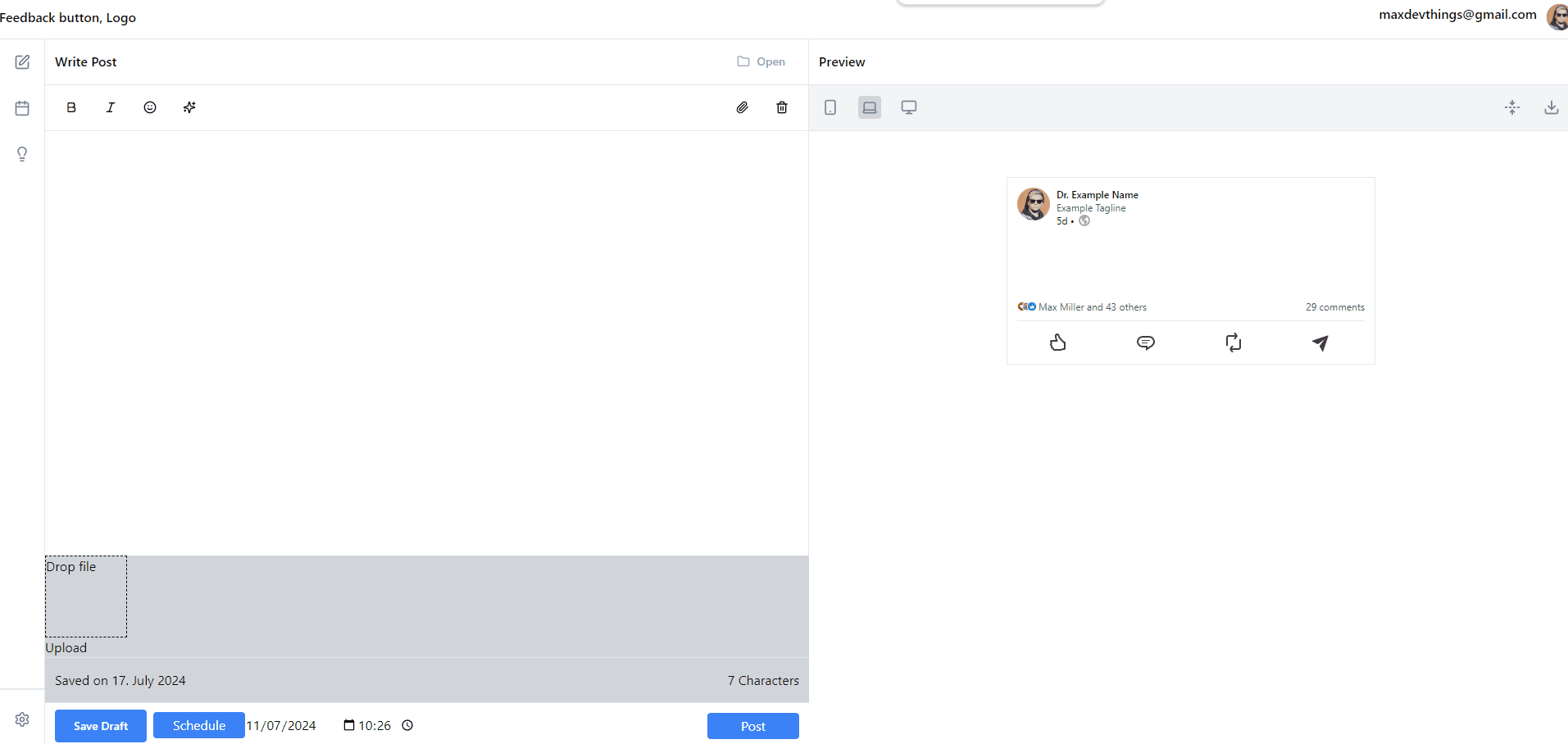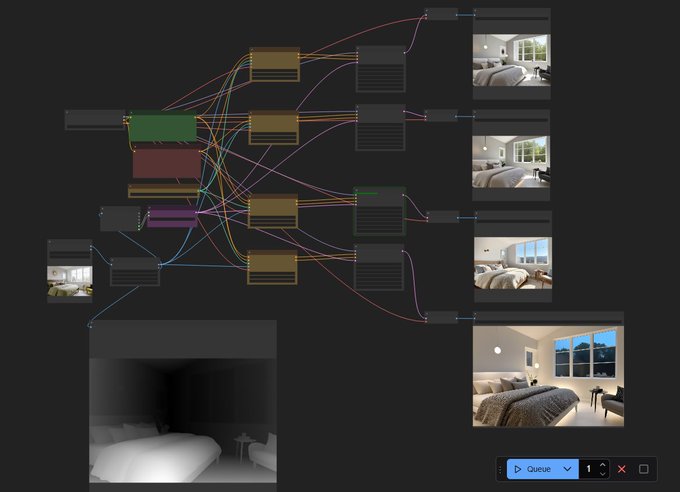On Solving One Problem Well
In this post, I'll share two projects that recently failed and the significance of focusing on solving one problem really well.
Building my first SaaS product has been a challenging experience, to say the least. Over the last months, I worked on several ideas but none of them felt quite right. When I pour my out into something, it needs to resonate deeply. But that just wasn't the case for the last few projects.
Despite these setbacks, there's a silver lining. I've learned valuable lessons about developing software and product building. In this post, I'll begin by sharing two recent failures and end with a summary of what I learned.
Recent Failures
A scheduling tool for Linkedin
One recent project, was a scheduling tool for Linkedin. The idea was to create a tool that helps you write posts with AI and schedule them on LinkedIn. I made a lot of progress, and the core functionality worked - such as sending posts via the Linkedin API, saving drafts to the database, and handling user sessions.

But the longer I worked on this project, the stronger my discomfort became for building on top of a 3rd party API. Think about Twitter and Reddit, both made fundamental changes to their APIs which wiped out a whole ecosystem of great products. I just couldn't shake the feeling that my work would go to waste if LinkedIn messed up their API. So, heavy hearted, I abandoned this project.
Image generation for interior designers
Next up was an image generation web app for housing interiors and exteriors. Two things that drew me to this idea. First, I noticed that several successful apps emerged in this space, suggesting that there's demand. Second, unlike my previous projects, there was no single API I would need that felt irreplaceable.

To begin, I built all the peripheral features, including logins, payments, and a local test server for the image generation. For the image models, I used ComfyUI, an interface that lets you chain together generative image models to create custom workflows to generate images. In the post below, you can see an example of a re-texturing workflow. You input an image, and it outputs the same room but with a different texture palette. To make the model servable via an API, I deployed it on Replicate using a Cog container.?A tool that lets you package machine learning models in standardized containers
Decided to optimize the image models for my next SaaS. Retexture functionality will redesign the room but preserve the structure of the room. Managed to do this with a simple controlnet workflow.
The most interesting challenge I faced was related to running the ComfyUI workflows and deploying them on Replicate. The former requires a performant setup and the latter requires a NVIDIA GPU. Against this background, I decided to setup a Google Cloud instance with a NVIDIA T4 GPU. You can read more about this in my previous post.
I enjoyed the challenges that came with this project, but the fit between me and the product wasn't there. My mind doesn’t vibe with interior design or real estate in the way I’d hoped. The things I build need to align with my interests - which wasn't the case here. I’m still a bit torn about abandoning this one, so I’ll say it’s shelved for now.
Key learning
Initially, this section was titled "Key learnings" but I've dropped the plural "s" because I don't want to dilute the significance of my most important takeaway:
Focus on solving one problem really well.
There are several downstream benefits to this:
- You'll be able to ship much faster because you're scope is focused on one thing.
- It becomes easier to formulate a clear and concise marketing message.
- There will be less competition because you're only competing on one front.

